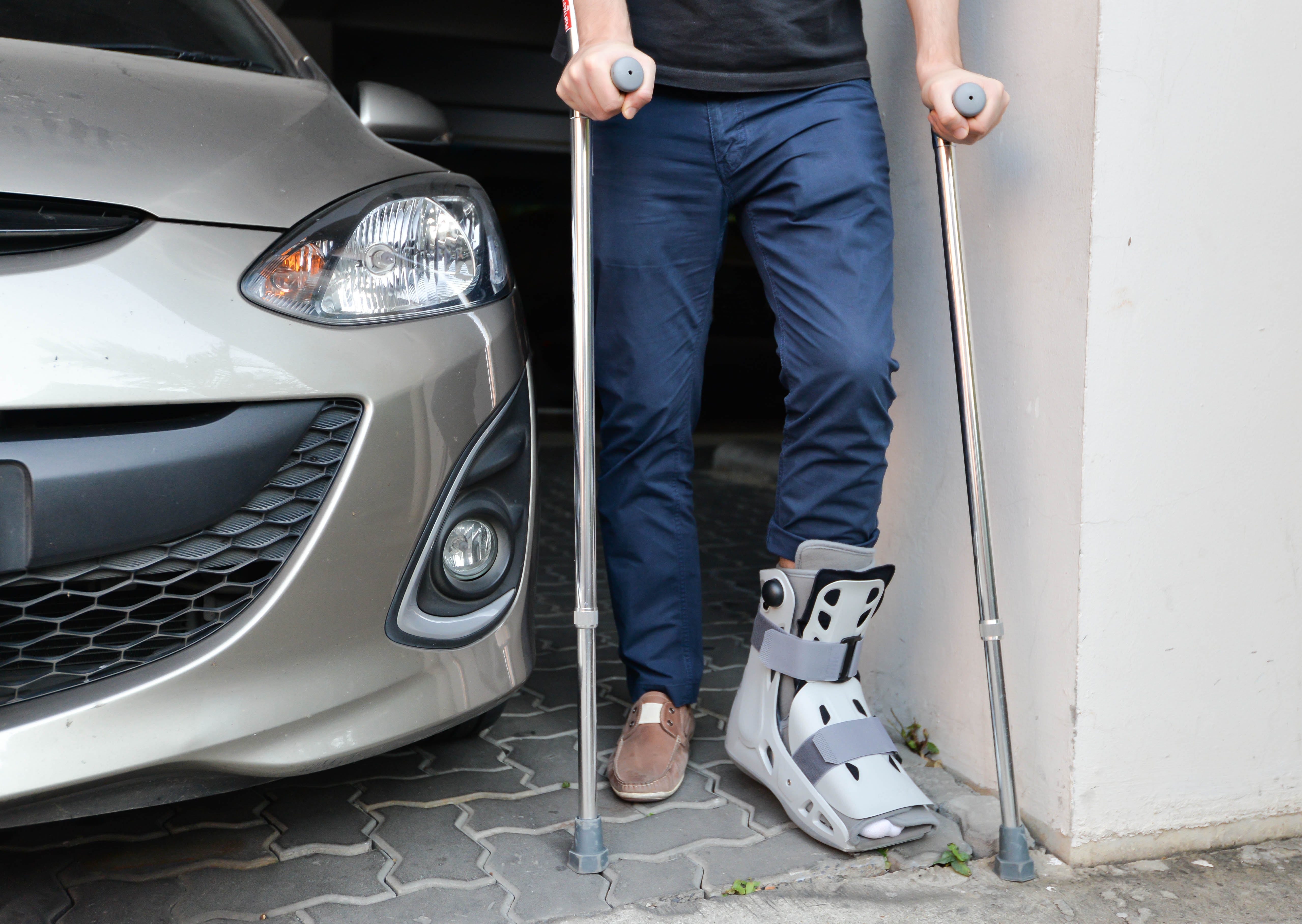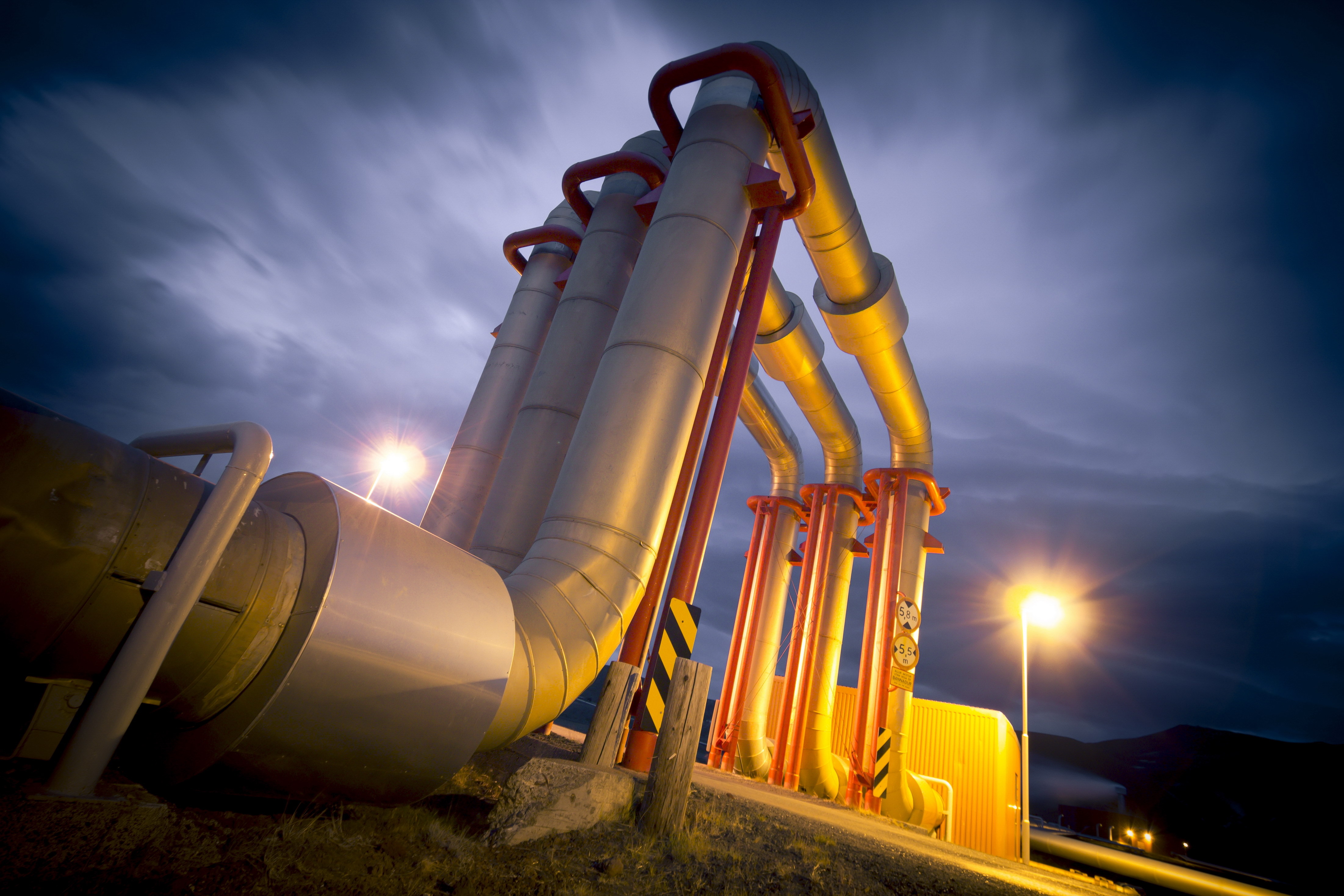Track weight-bearing loads outside of the clinic
There are about 345,000 Achilles Heel and over 1M ankle injuries every year. In many of these injuries, a brace is fitted on the patient with instructions to "self monitor" the weight that they put on that joint- the "toe touch weight bearing." Patients are often confused about "% of weight" to keep off their ankle, and there is no way for the medical professional to monitor these recommendations and inform the patient if he or she is properly adhering to these instructions.
MCET technology can do this and both alert the patient and the medical professional if the instructions are being followed properly.
%20Final%20(2).png?width=300&height=168&name=M-CET%20_Logo(s)%20Final%20(2).png)

.jpg?height=70&name=Sagar%20(2).jpg)

.jpg?height=70&name=Erik%20(2).jpg)
